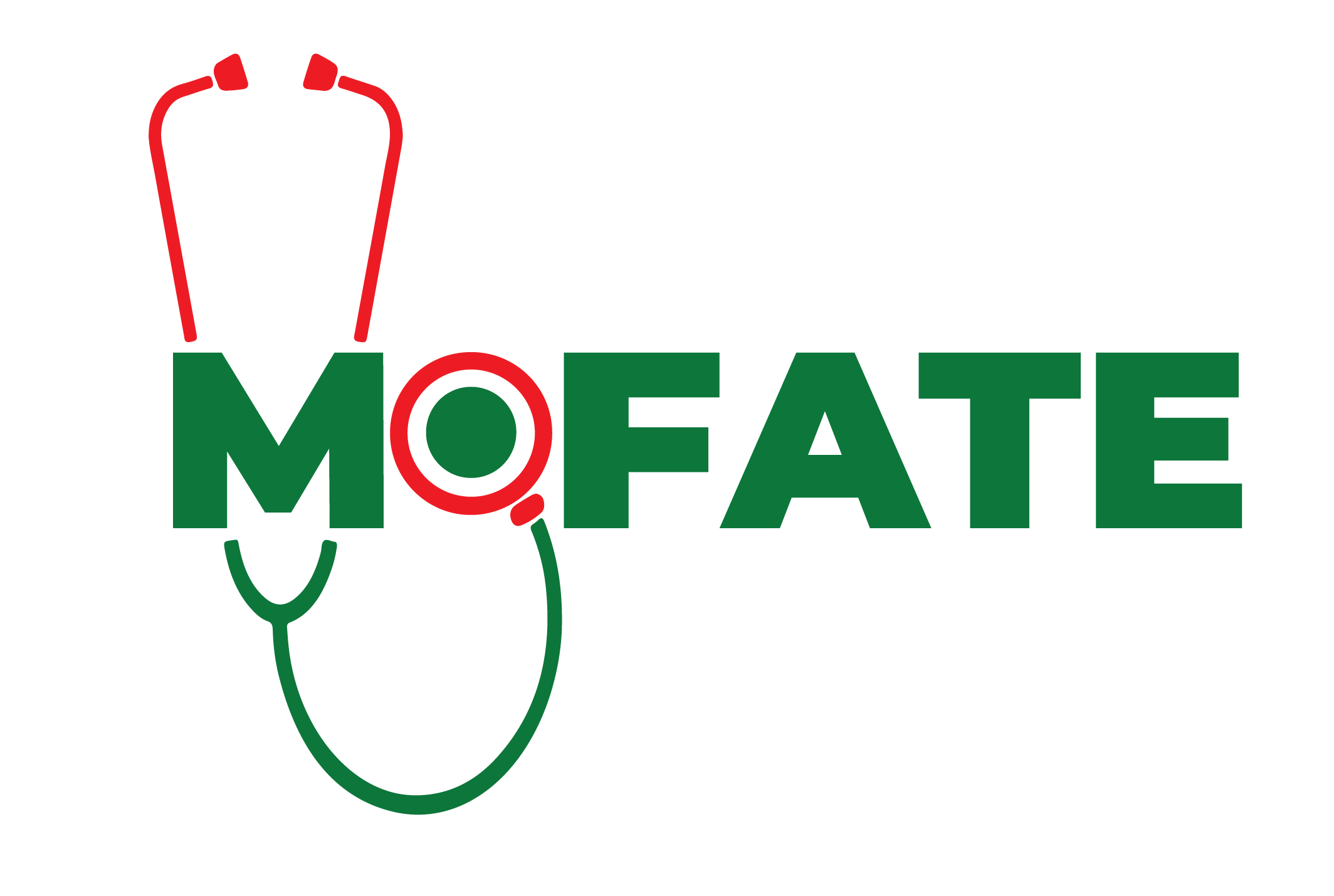Introduction:
Pregnancy, childbirth, and the postpartum period are pivotal stages in a woman’s life journey, often accompanied by a plethora of decisions that can profoundly impact maternal and neonatal health outcomes. Among these decisions, the choice of delivery method, particularly whether to opt for a cesarean section (C-section), stands as a critical juncture. While cesarean sections are sometimes necessary for medical reasons, such as fetal distress or complications during labor, their prevalence has been steadily rising globally, sparking discussions on the appropriateness of their utilization.
The Role of Nurses and Midwives:
In this context, the role of nurses and midwives emerges as pivotal. As primary caregivers who are intimately involved in the continuum of care throughout pregnancy, labor, and postpartum, nurses and midwives possess a wealth of knowledge and experience that uniquely positions them to contribute to clinical decisions surrounding cesarean section eligibility criteria. Their holistic understanding of maternal health, coupled with their close rapport with expectant mothers, equips them with valuable insights into individualized patient needs and preferences.
Promoting Shared Decision-making:
Moreover, involving nurses and midwives in the decision-making process regarding cesarean section eligibility criteria aligns with the principles of patient-centered care and shared decision-making. By engaging healthcare providers who have direct and ongoing contact with pregnant women, healthcare teams can ensure that decisions regarding cesarean sections are informed by comprehensive assessments of maternal and fetal well-being, as well as considerations of psychosocial factors and maternal autonomy.
Challenges and Opportunities:
However, despite the potential benefits of integrating nurses and midwives into cesarean section decision-making, various challenges may impede their involvement, including hierarchical structures within healthcare systems, resource constraints, and the need for specialized training. Addressing these challenges requires a concerted effort to foster interdisciplinary collaboration, provide professional development opportunities, and advocate for policies that prioritize the utilization of nurses and midwives as key stakeholders in maternal healthcare decision-making processes.
In conclusion, empowering nurses and midwives to actively participate in clinical decisions regarding cesarean section eligibility criteria holds the promise of optimizing maternal and neonatal outcomes while promoting patient-centered care. By harnessing their expertise and insights, healthcare teams can navigate the complexities of childbirth with greater precision and compassion, ultimately enhancing the quality of care for expectant mothers and their infants.

